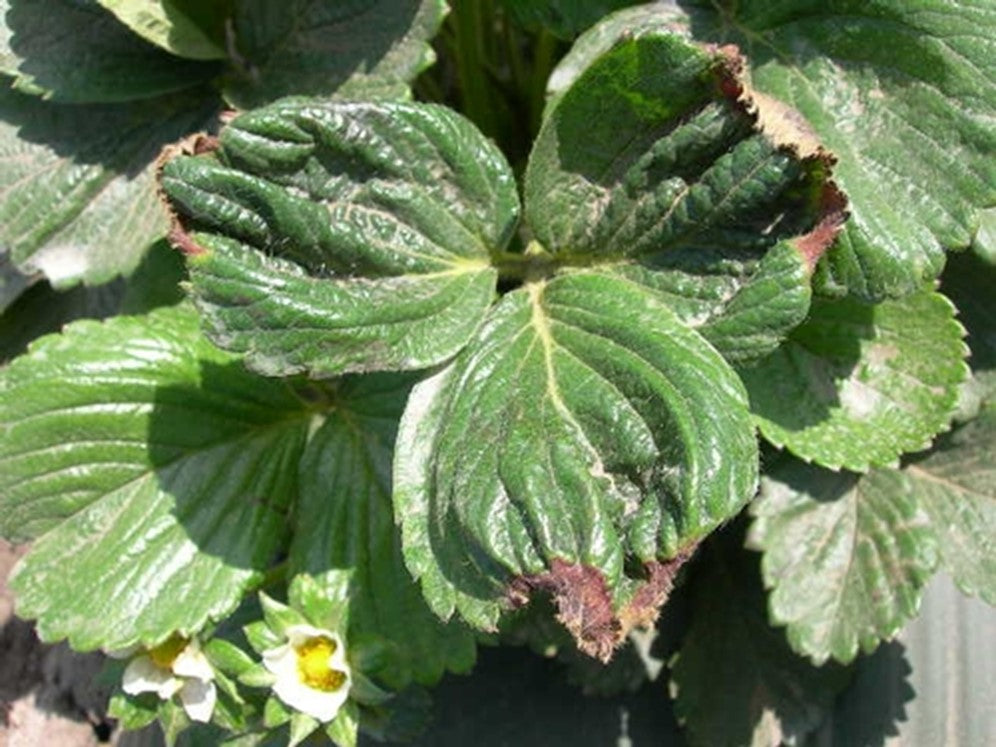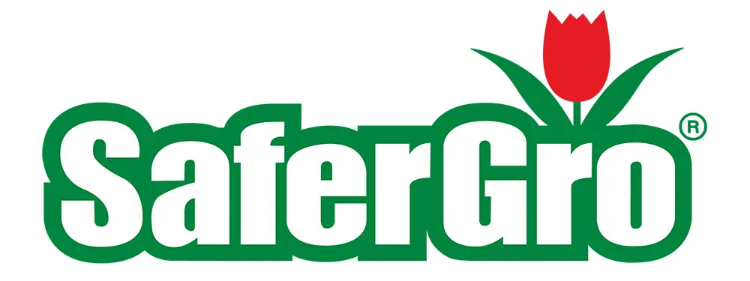Nutrientes básicos para cultivar las mejores plantas

Los nutrientes de las plantas son elementos químicos importantes que son esenciales para el crecimiento y la reproducción de las plantas . Hay dieciséis tipos de nutrientes básicos que necesitan las plantas . Tres de ellos , las plantas pueden obtenerlos por sí mismas , mientras que los otros trece Deben depender del suelo y de los fertilizantes para obtener nutrientes. Estos nutrientes se dividen en tres grupos : nutrientes primarios, nutrientes secundarios y oligoelementos .

Primario Nutrientes
Los nutrientes primarios , también conocidos como macronutrientes , son aquellos que se requieren generalmente en mayores cantidades. Entre ellos se incluyen seis tipos de carbono (C), hidrógeno (H), oxígeno (O), nitrógeno ( N ), fósforo ( P) y potasio (K). Hay una cantidad considerable de dióxido de carbono en la naturaleza . realizando la fotosíntesis , plantas son capaces de obtener los tres elementos básicos carbono, hidrógeno y oxígeno a través del aire y el agua. Los tres últimos a menudo deben proporcionarse mediante aportes de fertilizantes.
Nitrógeno (N)
El nitrógeno es vital para el crecimiento de hojas verdes. Una vez absorbido por la planta, el nitrógeno se convierte en aminoácidos, los componentes básicos de las proteínas. El nitrógeno también es crucial para las reacciones enzimáticas y participa en la fotosíntesis, lo que le da a las plantas su color verde. La baja ingesta de nitrógeno por parte de las plantas provoca que el follaje adquiera un color verde claro o amarillento, retraso en el crecimiento y caída de las hojas más viejas en algunas plantas. Las deficiencias de nitrógeno se pueden corregir fácilmente con fertilizantes nitrogenados. Sin embargo, tenga cuidado con la absorción excesiva de nitrógeno , ya que puede causar un crecimiento vegetativo excesivo, encamado (caída) y mala calidad de la floración y la fruta.

Fósforo (P)
El fósforo ayuda a transferir energía de la luz solar a las plantas para estimular el crecimiento temprano de las raíces. El fósforo se asocia típicamente con las flores, la fructificación y el almacenamiento de carbohidratos en raíces, tubérculos y bulbos. La deficiencia de fósforo se caracteriza comúnmente por un color púrpura o rojizo en los bordes de las hojas y en el tallo. La mayoría de las deficiencias de fósforo se observan en suelos ácidos (pH < 5), así como en condiciones de suelo seco.

Potasio (K)
El potasio es importante para la fotosíntesis, ya que regula la respiración celular y el movimiento del agua. Una cantidad adecuada de potasio aumenta la resistencia a las enfermedades, reduce el estrés por sequía y mejora la calidad de los cultivos. Las deficiencias comunes de potasio tienen sistemas radiculares poco desarrollados y tallos débiles.

Nutrientes secundarios
Los nutrientes secundarios incluyen calcio (Ca), magnesio (Mg) y azufre (S). Los nutrientes secundarios y primarios son igualmente importantes; sin embargo, la demanda de nutrientes secundarios es menor que la de nutrientes primarios.
Calcio (Ca)
El calcio ayuda a estimular el desarrollo de las raíces y las hojas al promover el crecimiento de las raíces y la disponibilidad de otros nutrientes. El calcio se utiliza para activar las enzimas y la señalización celular. Los síntomas generales de deficiencia de calcio pueden ser el enrollamiento de las hojas nuevas, así como manchas amarillas o marrones en los bordes de las hojas nuevas. La deficiencia de calcio también inhibe el crecimiento de las raíces y puede provocar raíces pequeñas y débiles.

Magnesio (Mg)
El magnesio desempeña un papel fundamental en la fotosíntesis, ya que ayuda al metabolismo del fosfato y a la respiración de las plantas. La deficiencia de magnesio suele afectar a las hojas más viejas, que se vuelven amarillas y presentan una región verde en forma de "V" invertida en la base de la hoja.

Azufre (S)
El azufre es esencial para la formación de proteínas. Los compuestos orgánicos de azufre que se encuentran en algunas plantas, como el ajo y la cebolla, contribuyen a su olor y sabor. Los síntomas de deficiencia suelen incluir hojas de color amarillento o verde pálido, retraso en el crecimiento y puntas necróticas. El desarrollo y el crecimiento de las plantas se atrofian cuando no hay suficiente azufre en el suelo.

Nutrientes traza
Los oligoelementos incluyen hierro (Fe), manganeso (Mn), cobre (Cu), zinc (Zn), boro (B), molibdeno (Mo) y cloro (Cl). También conocidos como micronutrientes, los oligoelementos representan una pequeña parte de las necesidades de una planta, pero la falta de estos elementos dificultará el crecimiento y el desarrollo de las plantas.
Hierro (Fe)
El hierro es necesario para el mantenimiento de la clorofila en las plantas. La deficiencia de hierro generalmente implica un tejido amarillo clorótico. Las deficiencias generales de hierro son inducidas por suelo alcalino (pH > 7,0), crecimiento deficiente de las raíces, fertilización excesiva con fósforo y drenaje del suelo. La deficiencia coincide con el amarilleamiento o el oscurecimiento de las hojas más viejas en los márgenes entre las nervaduras. Las hojas más jóvenes pueden verse pálidas.

Manganeso (Mn)
El manganeso ayuda a la activación de enzimas en los procesos de crecimiento y la formación de clorofila. Los síntomas típicos de deficiencia de manganeso incluyen clorosis intervenal de las hojas jóvenes, desarrollo de manchas grises y vetas blancas intervenales.

Cobre (Cu)
El cobre está presente en varias enzimas y en ciertos pecíolos de las plantas. Algunos de los síntomas de la deficiencia de cobre incluyen retraso en el crecimiento, marchitamiento de las hojas y muerte regresiva de los brotes terminales de los árboles. La deficiencia de cobre generalmente se caracteriza por clorosis inicial y marchitamiento de las hojas más viejas. Las hojas cloróticas son intervenales, con venas menores que tienen un color menos verde que las venas principales.

Zinc (Zn)
Además del manganeso, el zinc desempeña un papel fundamental en la activación de enzimas. Los síntomas de deficiencia de zinc incluyen disminución de la longitud del tallo, menor formación de yemas de frutos y hojas jóvenes moteadas (clorosis internerviosa). El tejido entre las venas puede volverse amarillo mientras que las venas permanecen verdes. La clorosis en la deficiencia de zinc afecta la región inferior de la hoja cerca del tallo. Las plantas tienden a experimentar retraso en el crecimiento y las hojas muestran un amarilleamiento en el follaje superior con oscurecimiento o bronceado en las hojas más viejas e inferiores.

Boro (B)
El boro es crucial para funciones de la planta como la síntesis de proteínas, el desarrollo de las paredes celulares, el cuajado de frutos y la producción de semillas. La deficiencia de boro puede afectar a una variedad de plantas diferentes, pero las Brassica tienden a ser las más susceptibles a la deficiencia de boro debido a sus requerimientos bastante altos de boro. Los síntomas de deficiencia de boro pueden verse como frutos y flores deformados o como pecíolos gruesos y cortos. También puede estar acompañada de manchas marrones en las hojas con bordes amarillos. Puede haber frutos de tamaño anormal junto con una decoloración marrón.

Molibdeno (Mo)
El molibdeno ayuda a las plantas a utilizar el nitrógeno. Sin él, las plantas no pueden convertir el nitrógeno nítrico en aminoácidos. Las legumbres tampoco pueden fijar el nitrógeno atmosférico sin la presencia de molibdeno. Las deficiencias más comunes de molibdeno incluyen el amarilleamiento de las hojas, la deformación de las hojas, las quemaduras en los bordes de las hojas o la necrosis.

Cloro (Cl)
Las plantas absorben el cloro en forma de cloruro (Cl - ), que participa en gran medida en la fotosíntesis de la planta. El cloruro es un componente clave en la regulación estomal, la regulación osmótica y el transporte de nutrientes dentro de la planta. Los síntomas típicos de la deficiencia de cloro en las plantas incluyen clorosis y necrosis foliar con manchas. En casos más graves, se producen marchitez, moteado, rizado y bronceado de las hojas.

Aunque no se enumeran aquí, existen otros elementos, denominados elementos beneficiosos, que no son necesarios para el crecimiento de la mayoría de las plantas, pero pueden hacer que algunos tipos específicos de plantas crezcan mejor y tengan un mayor valor nutricional. Entre ellos se encuentran el níquel (Ni), el cobalto (Co), el silicio (Si), el sodio (Na), el aluminio (Al), el yodo (I), el vanadio (V) y el selenio (Se).
Compartir
